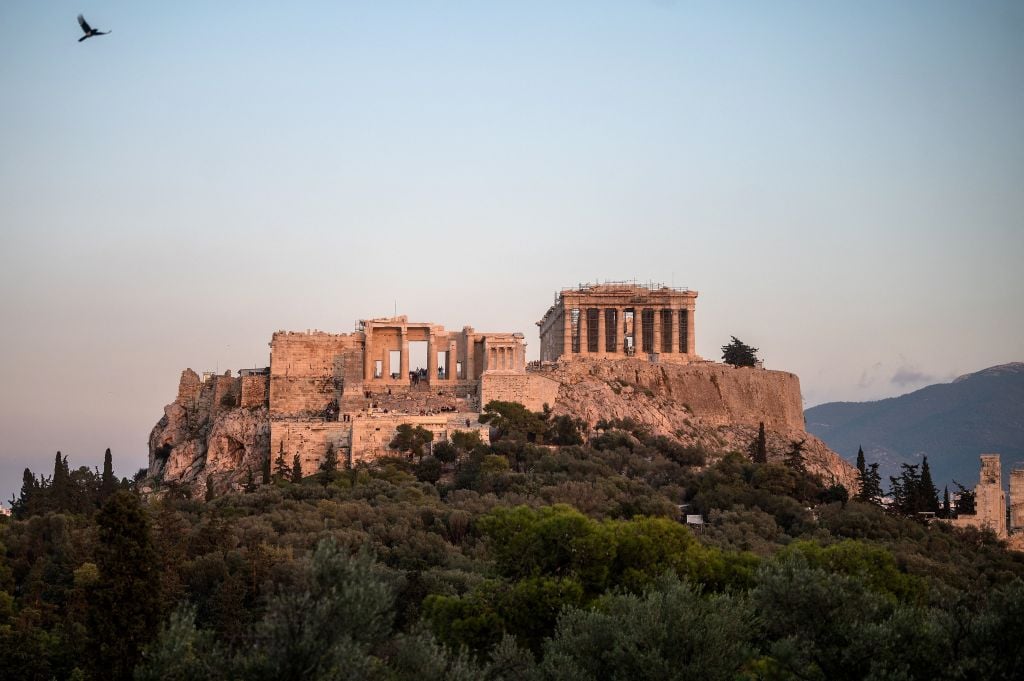
Controversy continues to swirl the antiquities once owned by British art dealer Robin Symes. After the Greek government announced this past week the conclusion of a 17-year battle to repatriate 351 artifacts recovered from Symes, forgery detective Christos Tsirogiannis has pointed out that one of the objects heading home is in fact a known fake.
The full cache going back to Greece spans bronze, marble, and earthen vessels of the Neolithic and Byzantine eras, including an olpe, or wine vase, depicting a satyr and a goat. Speaking to The Guardian, Tsirogiannis said this particular vase was the subject of a 1998 paper in archaeology journal Minerva by scholar Dietrich von Bothmer, who deemed the characters on the object’s surface a “modern forgery,” most likely painted during the 1990s.
Not only had the forger added flaking and abrasion to give the surface an air of authenticity, they “did not realize that [this] object, had it been made in an Attic workshop in [antiquity], would have had an added red band around its middle as its sole touch of color,” von Bothmer wrote. “This red line now appears under and beyond the freshly added figures, an overlooked detail that brands the finished product a modern forgery.”
Nonetheless, the vase appeared among the brief sample of repatriated antiquities listed in the May 19 announcement from the Greek Ministry of Culture and Sports, dated “Early 5th century B.C.”
Tsirogiannis called the government’s oversight “absolutely shameful,” given von Bothmer’s published research. Greek culture minister Lina Mendoni emphasized that her team has “worked systematically and methodically” to study caches unearthed from Symes’s clutches, especially over the past three years.
A Greek spokesperson has since noted that Mendoni cannot comment further because a new minister will soon replace her, following last Sunday’s elections. “However, a comment from the directorate of the ministry is that, in cases of recovery of illegally trafficked antiquities, any further research on them is carried out when the antiquities are back in Greek museums,” they said. “Only then it is possible to study them thoroughly and, if required, to carry out laboratory analyses.”
Tsirogiannis believes there could be more “unfortunate surprises” in store.
More Trending Stories:
A Sculpture Depicting King Tut as a Black Man Is Sparking International Outrage